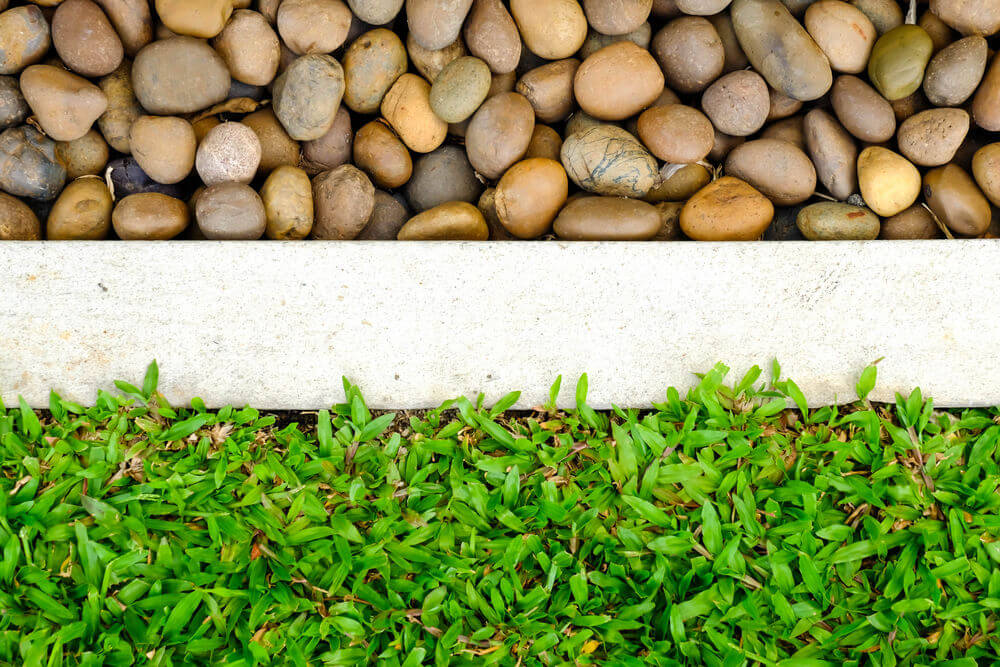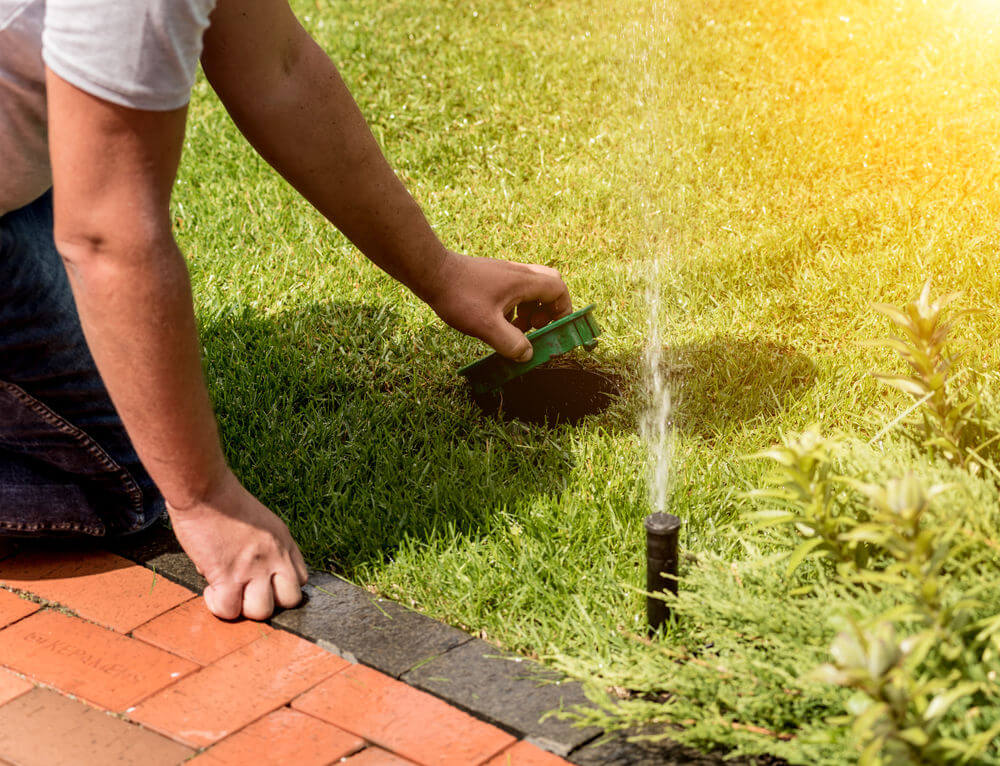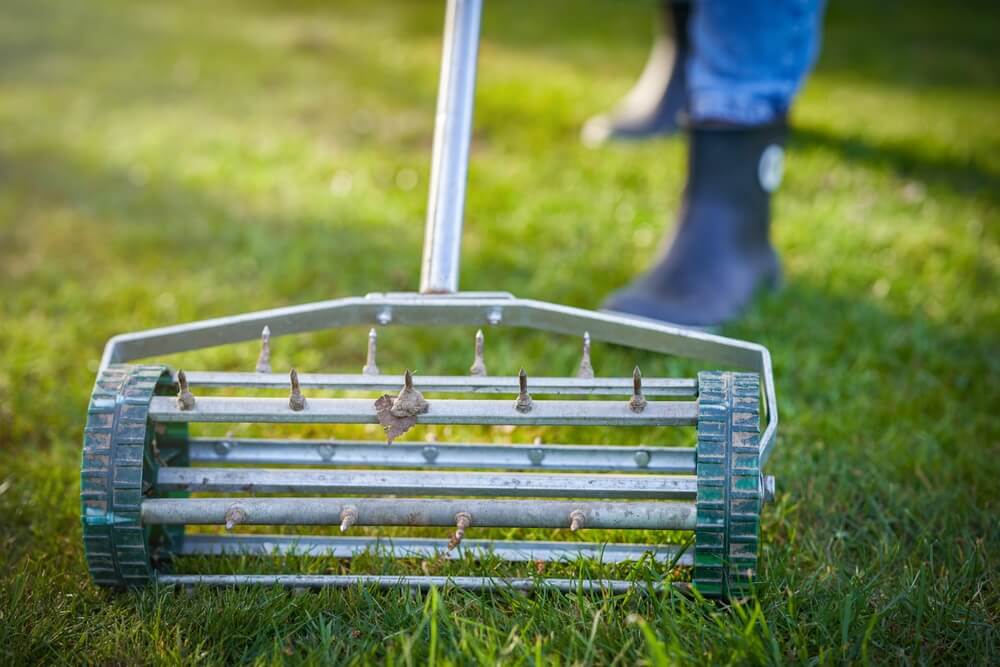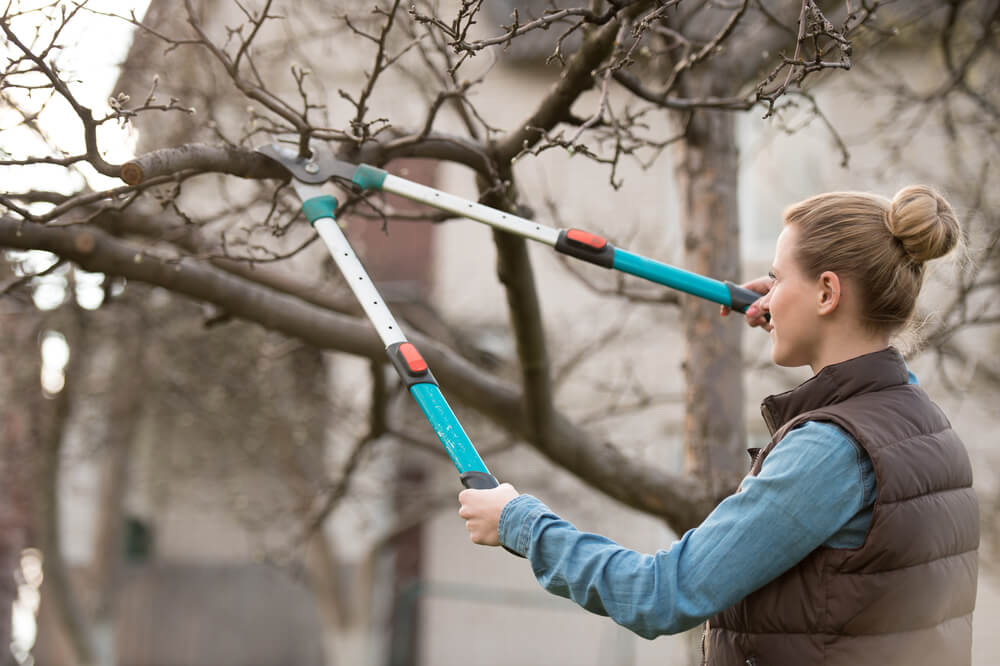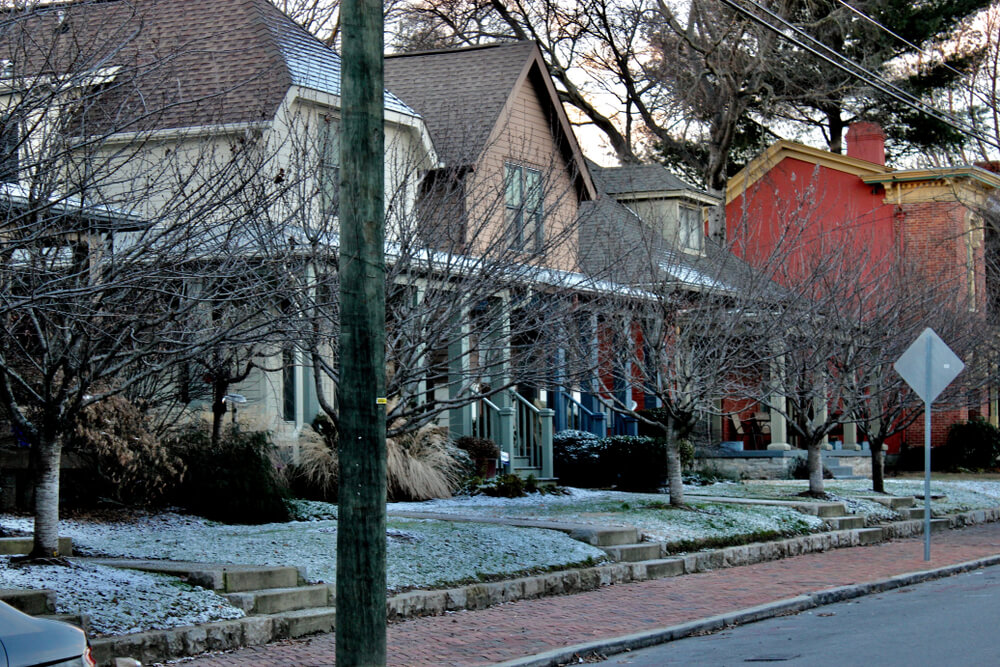If you’re a business owner, you’re probably well aware that a good image is a key part of success. But aesthetics don’t stop when you leave the shop, and your landscaping is a huge potential draw that you might not be giving the attention it deserves. From softscapes to hardscapes, here are the kinds of landscape installations that will make sure your business is as eye-catching as it can be.
Landscaping Basics for Businesses
You’ve undoubtedly spent a lot of time on the interior of your business, be it public-facing or private. It only makes sense that your business presents a great image of itself that’s in line with your company’s values. If cleanliness and style are important to you, why not extend that outside? There are many excellent businesses that are overlooked by clients for their lack of curb appeal. Let’s face it—before many customers even read your sign, they’re noticing the lawn or the trees. It’s natural for a person to observe their surroundings, and if those surroundings look nice, they’re more likely to linger. Landscaping installation services can be shaped to meet your aesthetic and financial needs, ensuring you’re getting the best bang for your buck too.
So what do we recommend for a business in terms of landscaping services? At the very core of good landscaping is a healthy landscape, with well-maintained grass and trees. You want your landscaping to be free of weeds and trash or other imperfections like potholes and bare spots. Hiring a landscaping company to keep your lawn healthy is the bare minimum a business owner can do in terms of beautifying their business. Maintenance plans can do a lot more than just give you one less task and improve your aesthetics. Avoid costly damage to your business and the potential for fallen limbs on customers’ cars by having your trees professionally trimmed or removed. Dead trees are more than just unsightly—they’re dangerous. Fallen limbs can cause harm to the property and potentially injure you, your staff, or a customer.
Landscape installation that goes above and beyond the basics will help attract more customers and give your business an edge compared to your competitors. Creating and amending beds and laying fresh mulch can give your landscape a much-needed facelift without costing an arm and a leg. The next step would be adding local and non-native flowers, trees, and shrubs to spruce up the aesthetic charm even further. Adding a pop of color to your storefront in the form of flowers and budding trees is great for curb appeal.
Hardscapes and Other Decor
Safety is important when installing hardscapes as well. What are hardscapes and softscapes? Essentially, the difference between the two is natural versus man-made. Softscapes refer to landscaping things like turf, trees, flowers, and anything else natural that’s installed in landscaping. Hardscapes are anything like fountains, walkways, fences, and other decor that’s part of a landscape.
Making sure that your hardscapes are safe for people and ADA-compliant is also very important. Your business needs to be accessible and free of any trip and fall risks associated with sunken paving stones or jutting edging. Whether you have old landscaping from the previous tenant that could use some refreshing or a fully blank slate to work with, a professional landscaper can help greatly.
From fountains to pergolas and everything in between, hardscapes are vital to the overall presentation of a landscape. But hardscape isn’t limited to concrete and metal. Natural wood and stone can give your landscaping a much more rustic feel. Another critical hardscape in many gardens is the irrigation system. An irrigation system can make maintaining your landscaping much simpler. Don’t worry about watering each plant daily or whether it’s too hot to water a rosebush or not. Let the irrigation system that was set up by your landscaper do that work for you. Irrigation is very difficult to do yourself, much like many of the hardscapes and softscapes we’ve explored already. As a business owner, you probably recognize the importance of getting things done right the first time, and that’s where the pros come in.
Why Your Business Needs Professional Landscaping
Perhaps the greatest benefit of working with a professional landscaper for your business is the fact that they can help you plan it all from start to finish. Don’t have a green thumb? No problem—the experts at the Parke Company can help you select plants and layouts. Not sure if a fountain would look natural enough for your storefront? It’s simply a matter of finding the right one, but that’s easier said than done without help. Fortunately, we have decades of experience in landscaping for businesses and residences, and we don’t mind giving creative input if requested.
But even if you have the perfect landscape setup in your mind already, you’re going to need some help with the logistics. By working with a landscaping company, you ensure that the production delays impacting every industry are as minimal as possible. Since we order directly from landscaping suppliers around Nashville and across the country, our turnaround will be much better than ordering as a consumer. You also need to consider your experience level in terms of installing hardscapes and landscapes. Planting a tree or laying masonry for a pathway are both a lot harder than they sound. There can be all kinds of problems with transplanting trees, shrubs, and flowers that you can’t plan for without a considerable amount of knowledge. At the Parke Company, our years of experience allow us to handle the heavy lifting, so you can focus on your business.
Your business deserves your full attention, but it also deserves a visually compelling landscape that will attract customers naturally. Now that you’ve explored a variety of softscape and hardscape options for your business, you may have even more questions. If you’re in the Nashville area, give The Parke Company a call today for a free consultation and estimate for landscape installation and maintenance.
